Temporary ceasefire - the calm before the storm?
While President Volodymyr Zelensky’s request for a one-month ceasefire is humanitarian in nature, it also reflects the reality that Russian long-range weapons are causing significant damage to Ukraine’s military capabilities. Given that Russian missiles and drones can reach the outskirts of key centers, Russia’s reluctance to accept the ceasefire proposal is understandable.
Ukraine currently lacks the capability to strike deep into Russian territory with heavy weapons. Military analysts say that Europe's easing of restrictions on the use of long-range weapons is only symbolic and cannot create a breakthrough to change the current battlefield situation. Although Ukraine announced an escalation, the actual impact on Russia's military infrastructure is still quite vague. Meanwhile, the fact that weapons like Storm Shadow hit Russian targets just hours after the administration of former US President Joe Biden gave the green light has made observers wonder: either systems like Taurus are not being used, or Europe is still considering the level of intervention because of the huge cost.
Another question now is how many strategic targets in Russia’s nuclear deterrent are within range of high-tech NATO missiles supplied to Ukraine? The fact that the White House has always avoided direct comment on actions that cross the “red line” shows that Washington is well aware of the consequences of such steps. If there is an escalation, the risk of direct military conflict between Russia and Western countries is inevitable.
Although Ukraine’s ability to use NATO missiles to strike deep into Russian territory is not enough to change the situation on the battlefield, this action has strategic significance. Russian military analysts believe that it could be the opening step for an offensive campaign that the Ukrainian Armed Forces are secretly preparing for the summer of 2025. Therefore, the fact that Ukraine has not launched large-scale attacks at the present time is not due to a lack of opportunities, but because they are actively accumulating forces, waiting for a favorable moment.
Recently, the Ukrainian Armed Forces were forced to withdraw from the Kursk region, an area that once held great symbolic significance for the Ukrainian military. In the eyes of the Kiev government, the control of Russian territory, even if only for a short time, was an important moral and propaganda achievement.
In the current context, President Volodymyr Zelensky needs such a symbolic victory. He knows that any progress on Russian territory can create a positive effect on domestic and international public opinion. Therefore, it is impossible to exclude the possibility that Ukraine will make a new breakthrough in the next 3-4 months to replicate a similar symbolic “victory”.
Russia and the strategic problem in Ukraine
More and more experts believe that a Russian victory over the Ukrainian Armed Forces is imminent. This assessment is well-founded given the current situation on the battlefield and Russia’s initiative at the negotiating table. However, there are other important factors to consider. Victory is unlikely to happen in the next few months without some turning point for Ukraine.
Russia has the resources to inflict a catastrophic defeat on its enemies, but there are currently many factors that prevent Russia from launching such a large-scale attack. On the ground, Ukraine is retreating in many areas, including Kursk, where the Russian army has achieved some positive results. However, the low number of prisoners of war suggests that the Ukrainian army is not in a state of panic or mass collapse.
This reinforces the assumption that Ukraine still maintains a strong enough reserve force to launch a “reputation attack”, not necessarily for military purposes, but to create political effects, boost domestic morale and strengthen the confidence of Western supporters.
One of the new signs that Ukraine may be preparing for an offensive is the increase in propaganda from Western media. As last summer, many articles suddenly emphasized the “impossibility” of a Ukrainian counterattack, something that has been seen before major attacks.
Currently, the Western press is talking a lot about the difficult situation of the Ukrainian army: Ukraine is on passive defense, establishing a “drone line” to prevent attacks from Russia, while seriously lacking both anti-aircraft missiles and manpower. However, Russian experts believe that this may be part of a deliberate propaganda campaign, rather than a true reflection of the situation.
Claims of Russian superiority in FPV drone technology or other weapons may be true, but they may also be a smokescreen tactic. It is more important to look at what is actually happening on the battlefield, such as Russia’s push west or the ongoing fighting in the Kursk region.
On the Ukrainian side, the country’s military still has the capacity to carry out a symbolic operation. This is especially important as Western countries become increasingly concerned about the effectiveness of aid, demanding that Kiev prove that it is using its aid packages effectively. In this context, it cannot be ruled out that Ukraine is planning a counteroffensive, perhaps fueled by new long-range weapons for which Europe has begun to relax restrictions.
Clearly, from temporary military and tactical moves such as ceasefires to “restarted” propaganda activities, everything is creating a picture that shows the possibility of an explosion still exists. Russia has the strategic advantage, but the Ukrainian army has not lost its ability to create surprises, especially when backed by the West. In that context, the next scenario of the Russia-Ukraine conflict will remain fierce and unpredictable.
Hung Anh (Contributor)
Source: https://baothanhhoa.vn/mua-he-sap-chay-ukraine-co-dang-len-ke-hoach-tan-cong-250576.htm


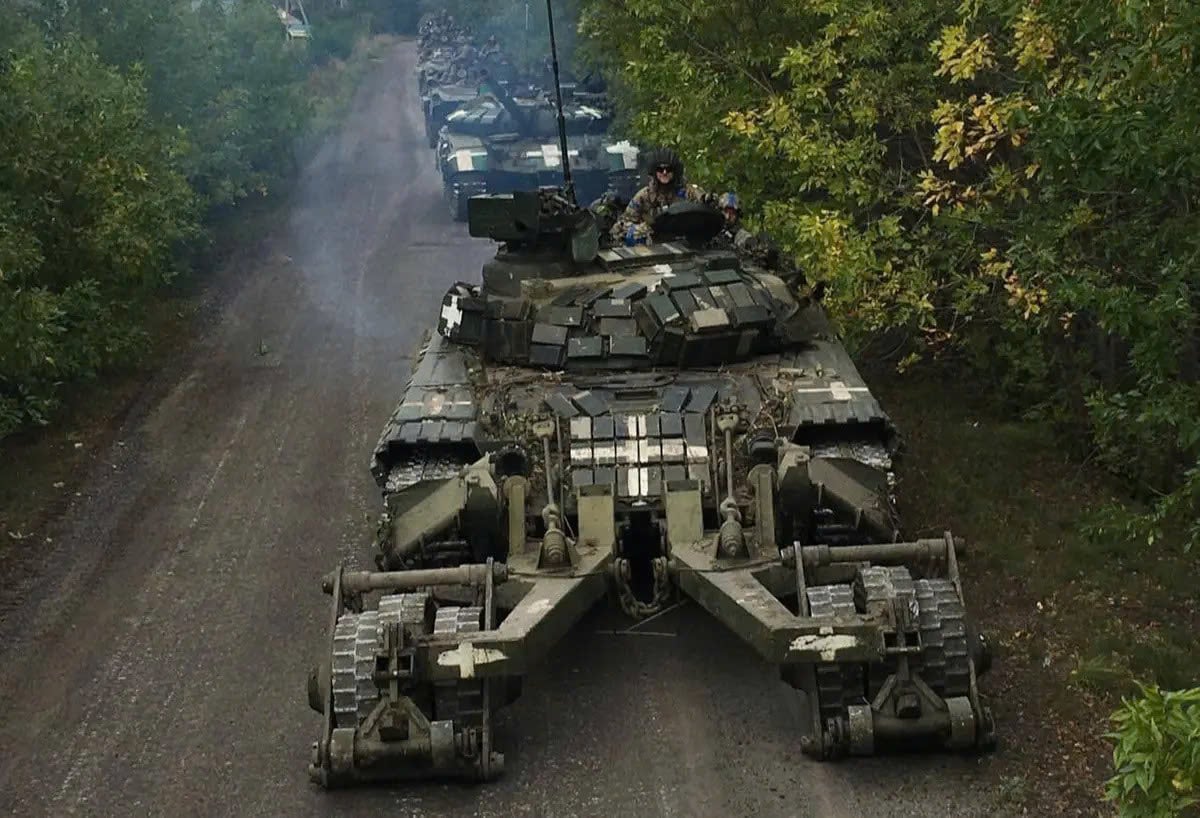
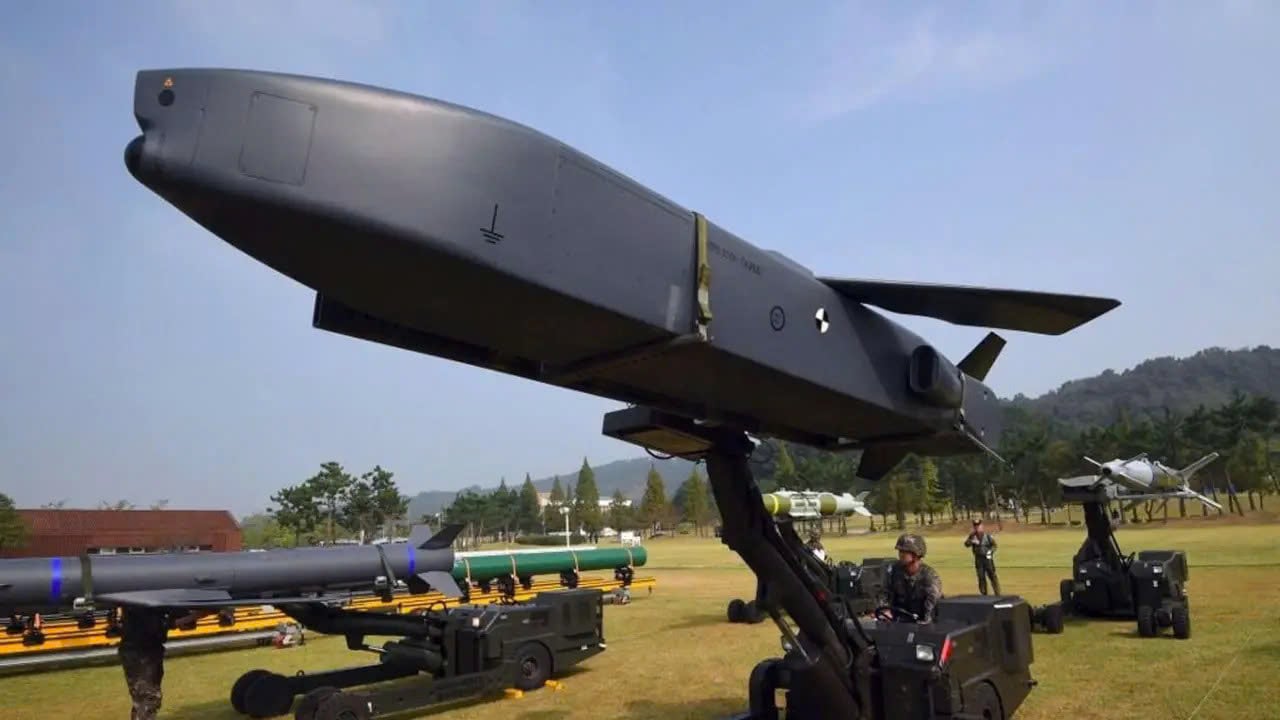

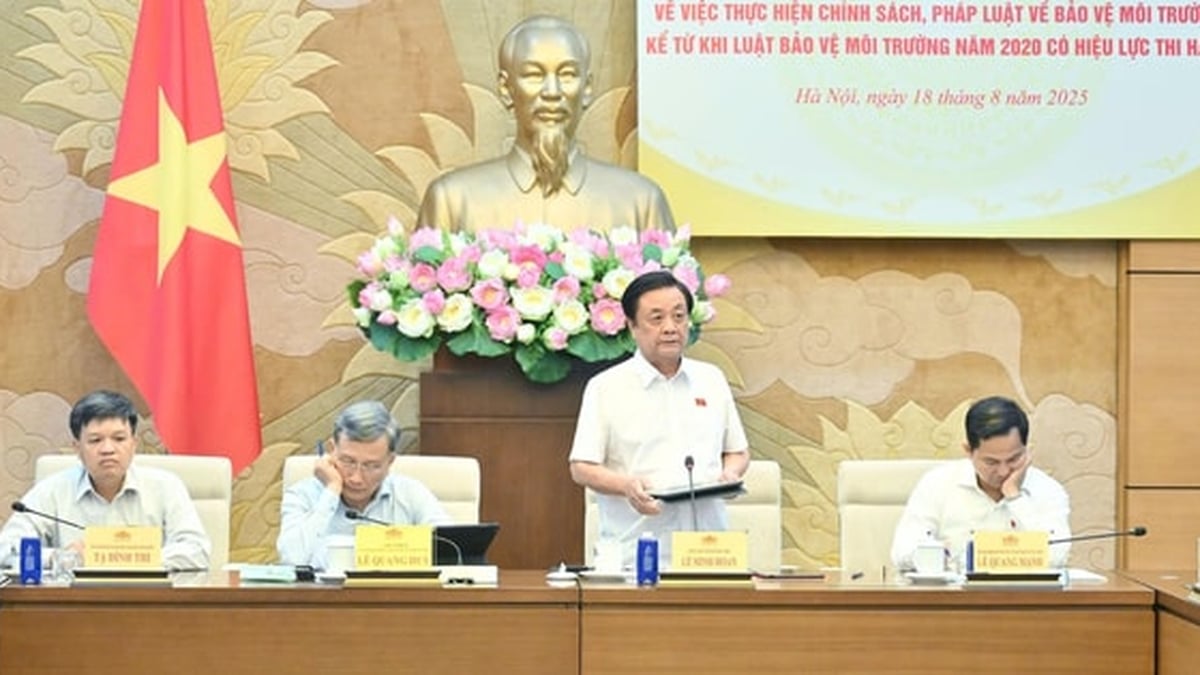



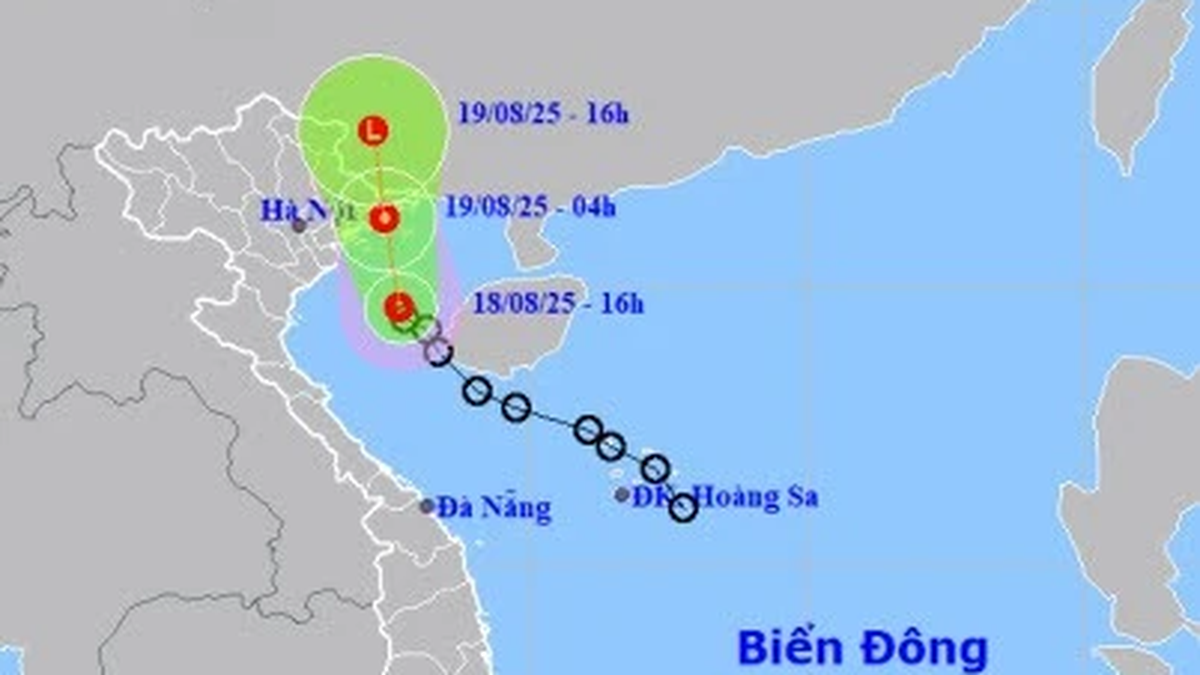





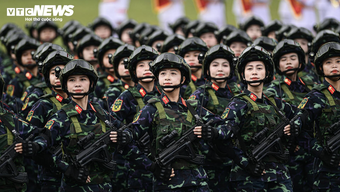



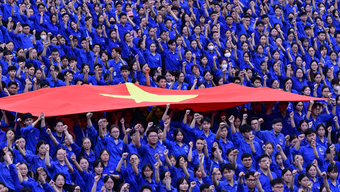
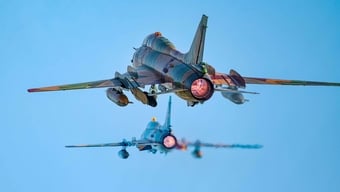
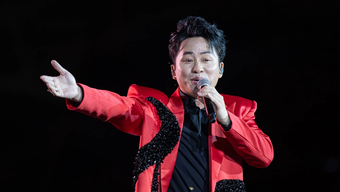



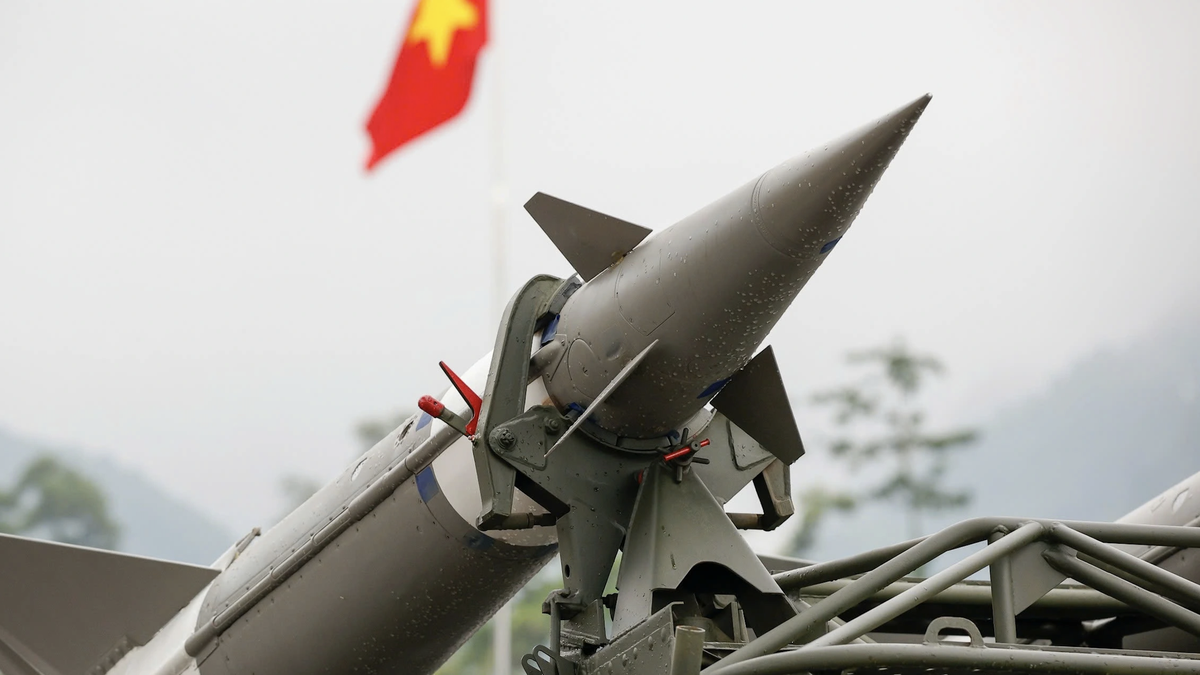
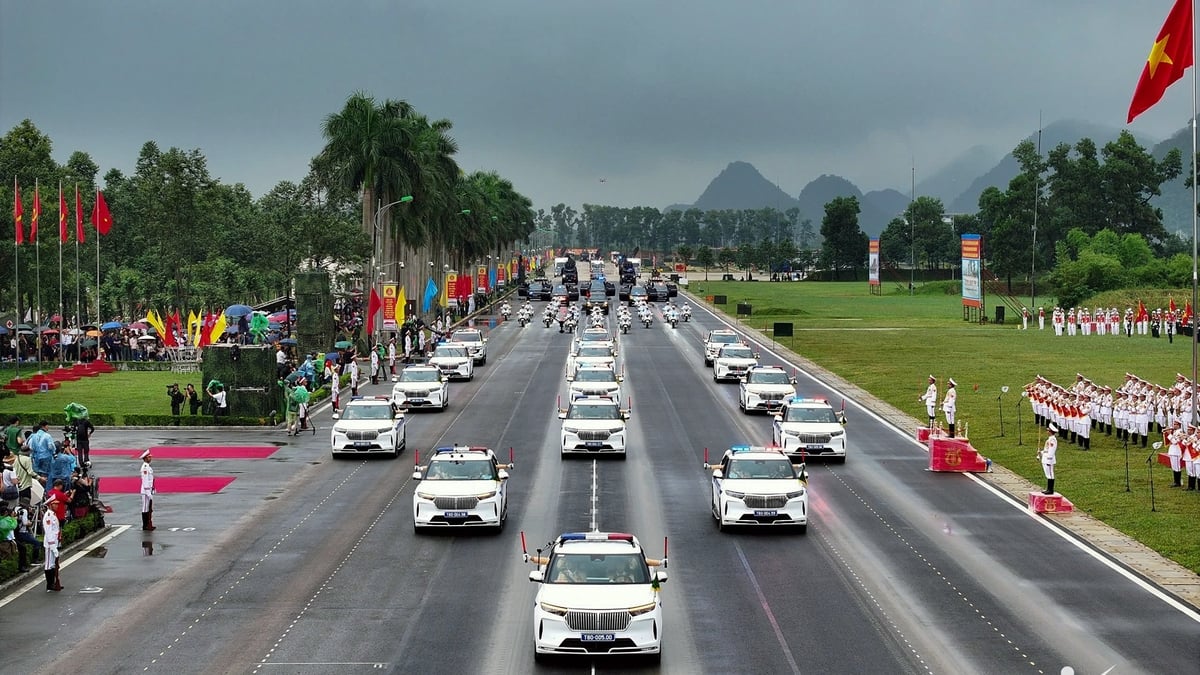

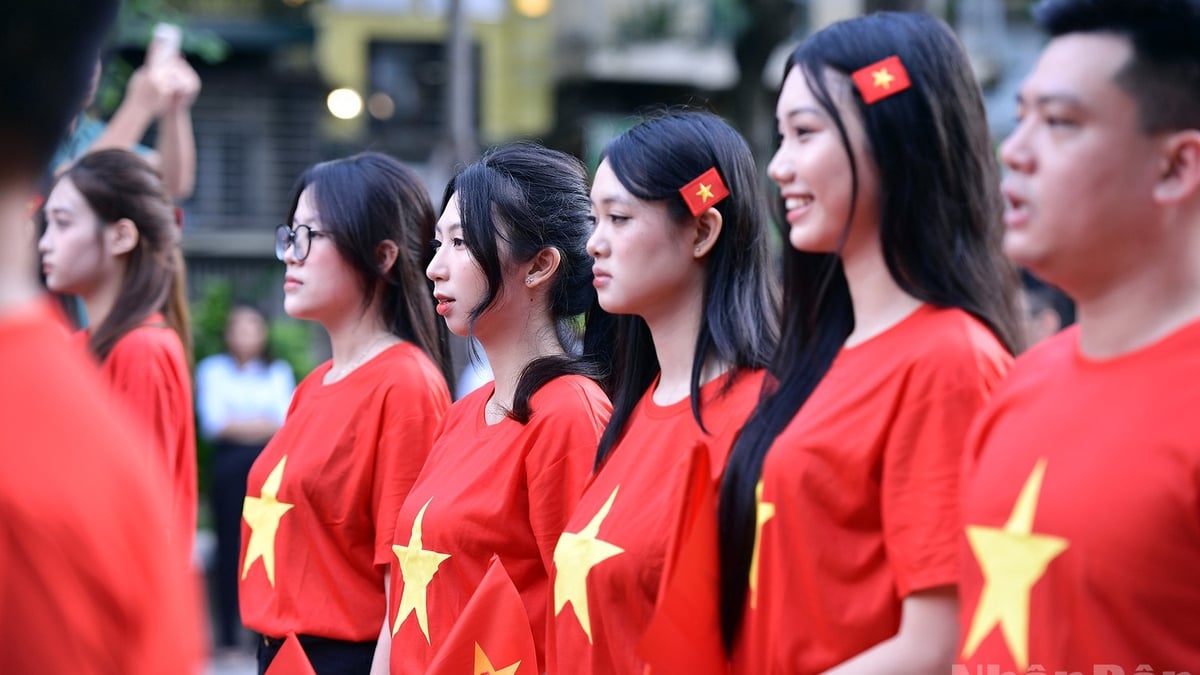
![[Photo] Prime Minister Pham Minh Chinh attends the opening ceremony of the National Data Center](https://vphoto.vietnam.vn/thumb/1200x675/vietnam/resource/IMAGE/2025/8/18/b5724a9c982b429790fdbd2438a0db44)

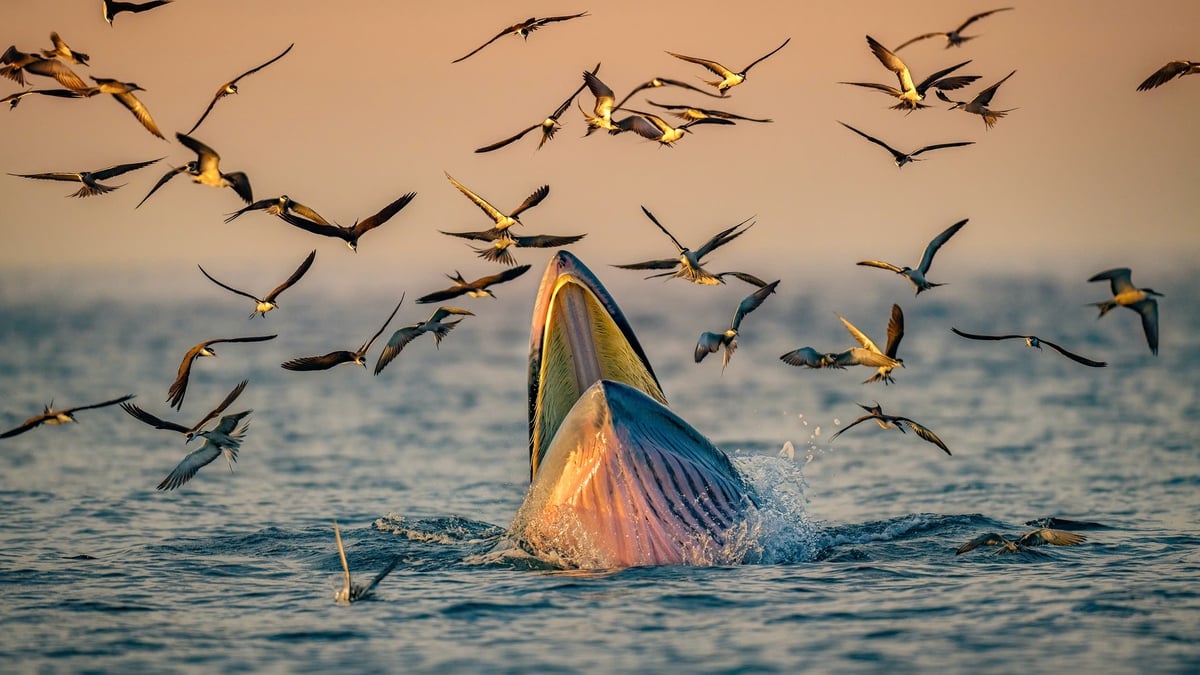
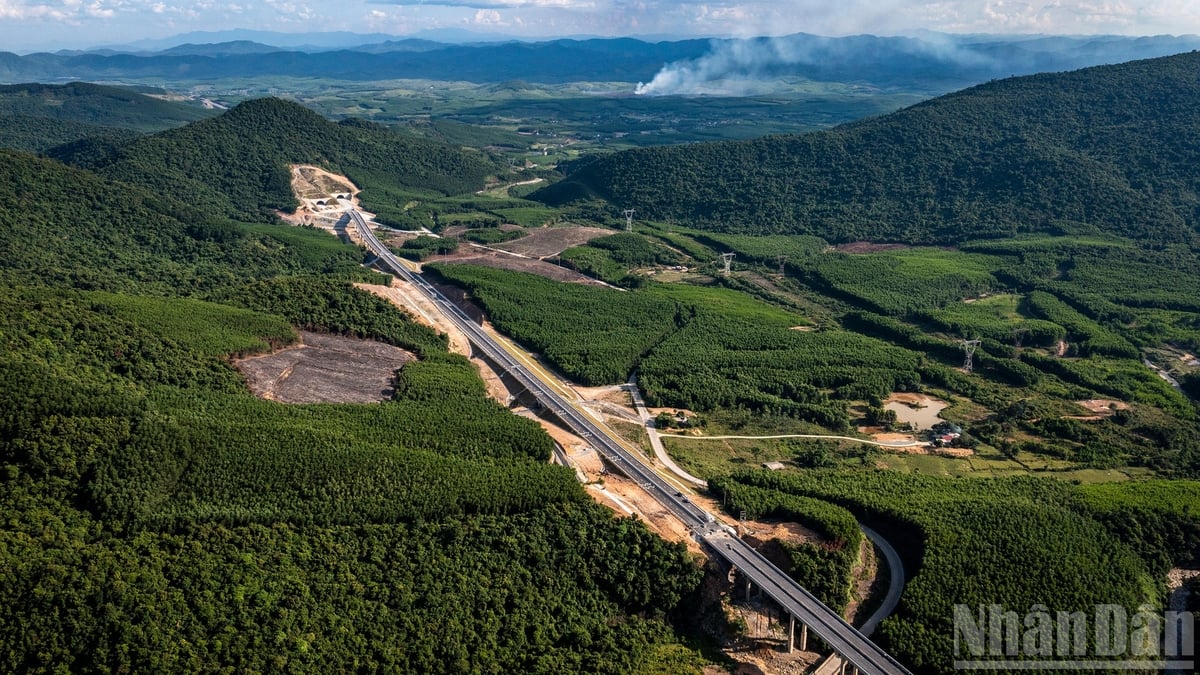
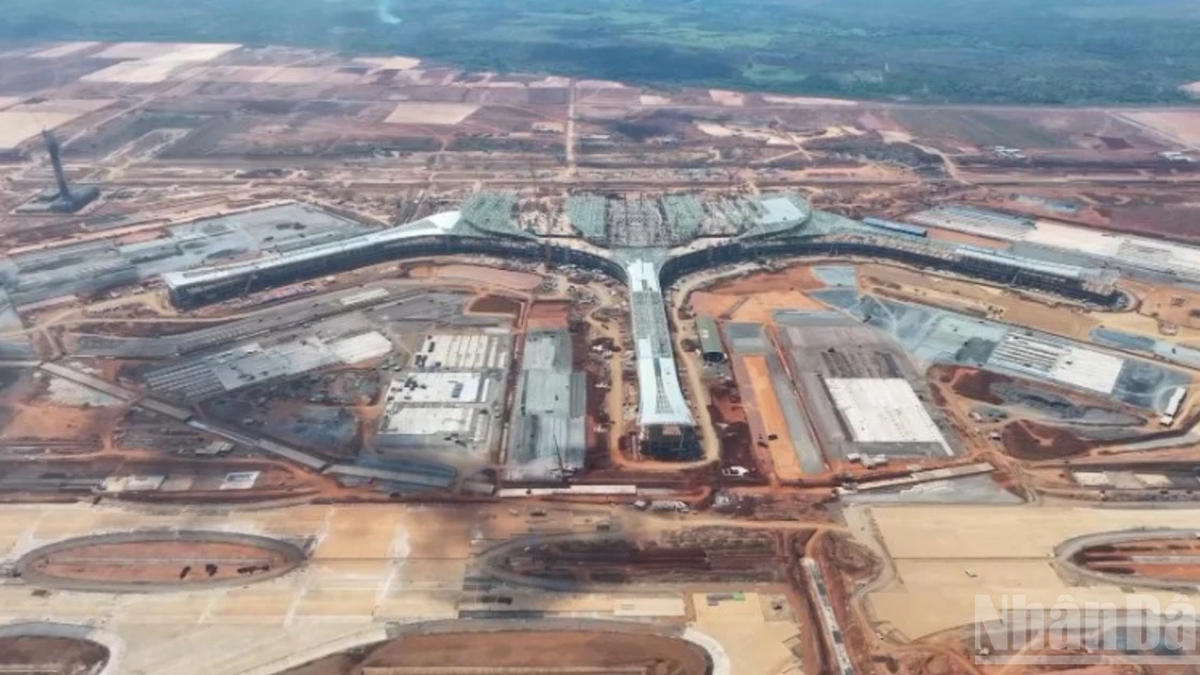










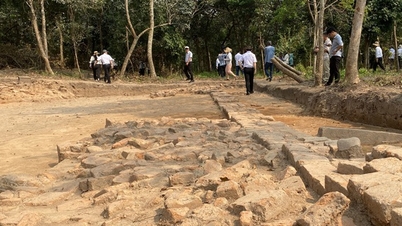


















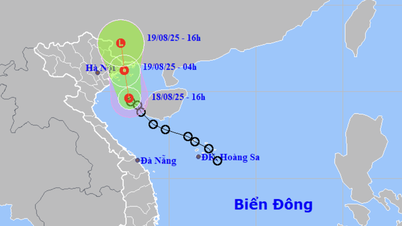

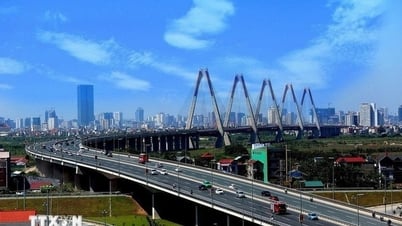

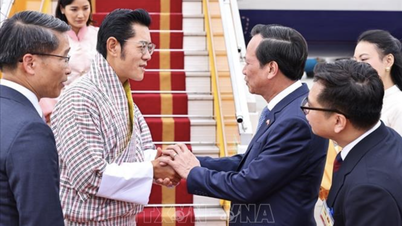


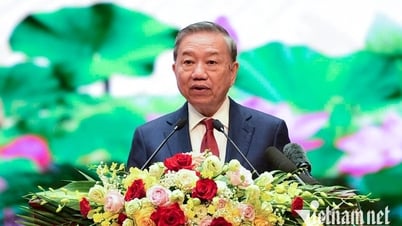

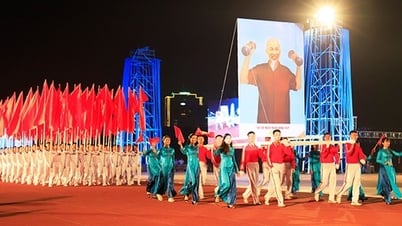


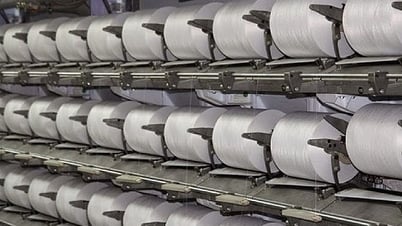



























Comment (0)